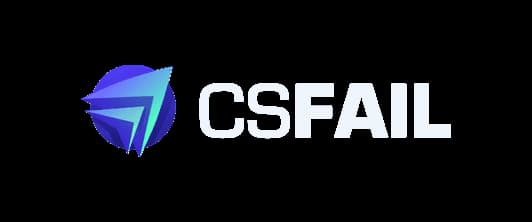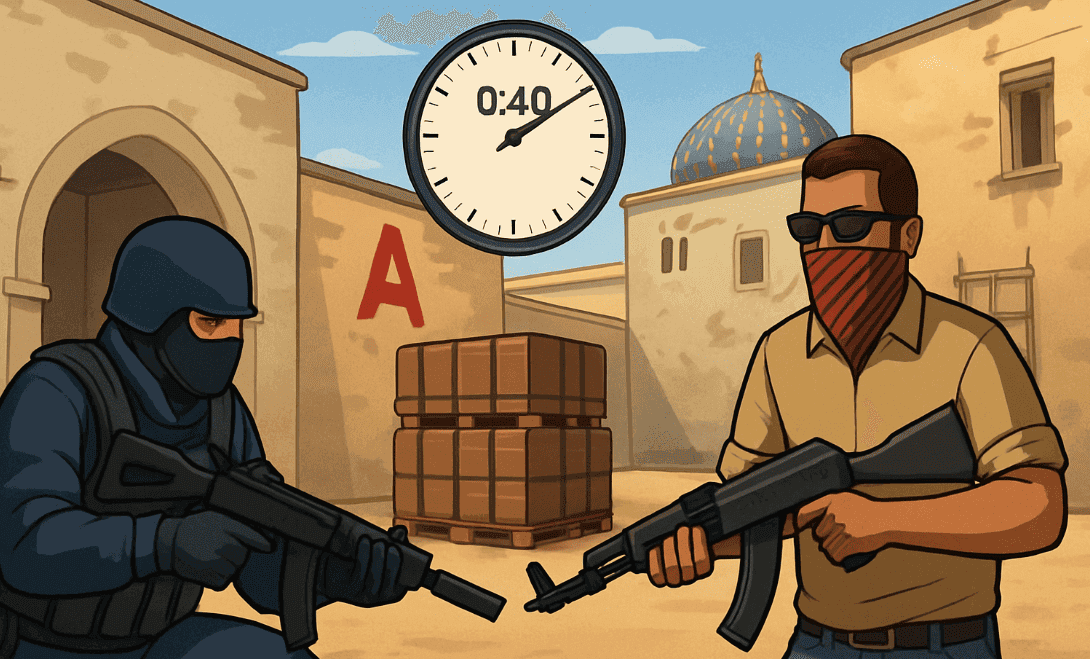


In CS2, a ‘slow round’ describes a tactical style where a team deliberately stretches time before committing to decisive actions. On the professional scene, these rounds have become a key part of the meta, affecting game tempo, opponent psychology, and team economy.
Slow rounds are characterized by cautious movement, minimal risk, and information gathering. CS2 players check enemy positions, use utility (smokes, flashes, molotovs) to control the map, and often wait for mistakes. The goal is to reduce losses and create the perfect moment to attack or defend.
Economy Control: saving grenades and resources for late-round plays.
Applying Pressure: stretching the round forces opponents to make mistakes or reveal positions.
Timing: teams calculate the ideal moment to strike, using teammate info and enemy positions.
Risk Reduction: slow play minimizes key player losses and maintains numerical advantage.
At the professional level, slow rounds involve:
Extensive map control and reconnaissance of key points.
Gradual team movement, often through safe paths.
Using grenades to block areas and gather information.
Fake attacks to distract the enemy and prepare the real push.
Losing map control if opponents play aggressively.
Moving too slowly, making attacks predictable.
Time pressure in late rounds, especially around 1:45–1:30.
Conclusion
Slow rounds are now a staple of the CS2 meta, where every second counts. Professional teams use this style for map control, resource management, and creating numerical advantages. Understanding it helps viewers appreciate strategic decisions and adds depth to the gameplay

